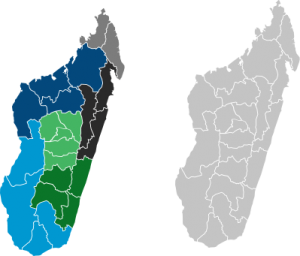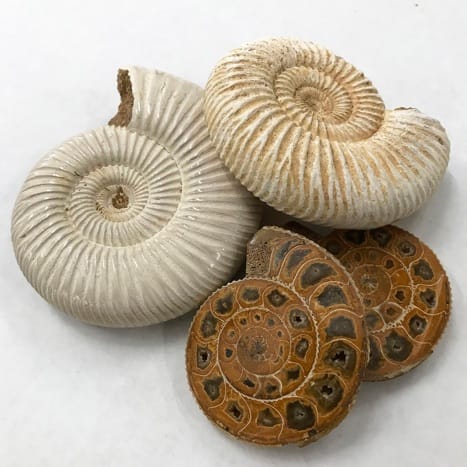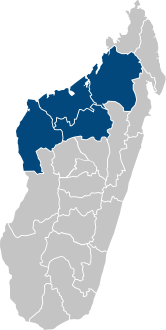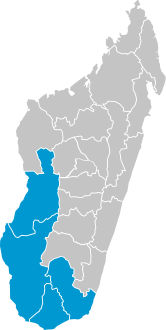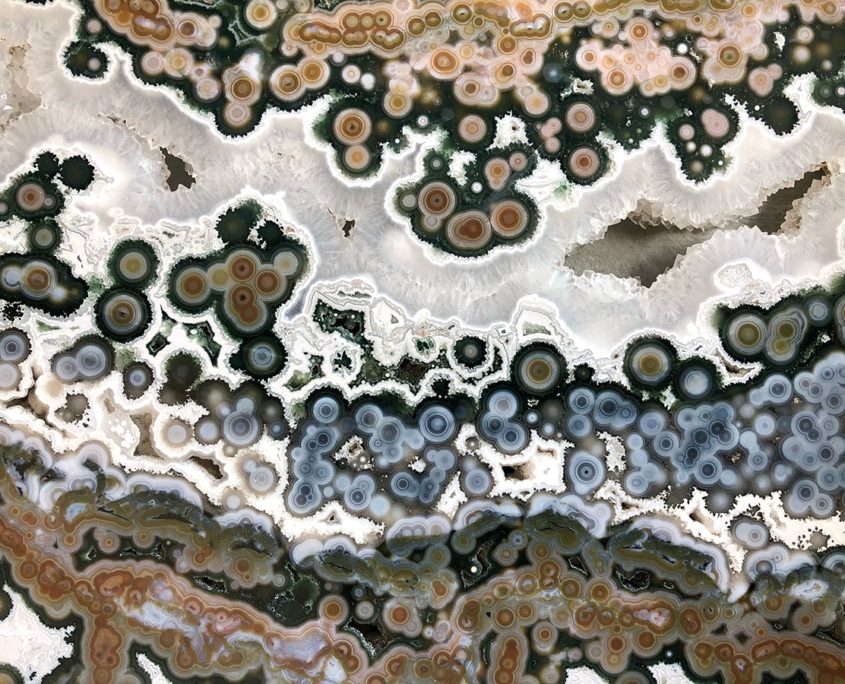Fossils from Other Regions and Countries
Central Madagascar: Coprolite
Our coprolite comes from central Madagascar. The exact locality is currently unknown. Madagascan coprolite is thought to be Early Cretaceous in age (~146 to 100 million years ago). Madagascan coprolite is sideritic, preserved by the iron oxides siderite and limonite. Sideritic coprolites are currently a matter of debate in the paleontological community. While some people believe they are coprolites, others theorize that they are cololites, fossil casts of the intestinal tract rather than dung, or just iron nodules instead.
Fianarantsoa Province: Copal
Confusingly the name copal is used for both fresh tree resins from Mexico and Central America and partially fossilized resins found around the world. While amber is millions of years old, copal is hundreds of years old.
Madagascan copal is the preserved resin of Hymenaea verrucosa, the East African copal tree. Although copal comes from several localities in Madagascar, primarily in the north, ours is currently found near the town of Nosy Varika, in the Vatovavy Fitovinany region of southeast Madagascar, in the former Fianarantsoa Province.
There is no consensus on the age of Madagascan copal. The island has both shallow deposits of older copal and living trees which continue to leave resin on the surface today. Deposits of different ages are often mixed during collection. While some scientists date it more broadly from the Quaternary Period (Less than 100 years to 2.5 million years ago), others specifically limit it to the Holocene Epoch (Less than 100 years to 11,700 years ago) instead.
However, the most recent research on Madagascan copal (Xavier Delclò et al. 2020) suggests that most of it is much younger. Samples from around the country were all found to be under three hundred years old using radiocarbon dating.


